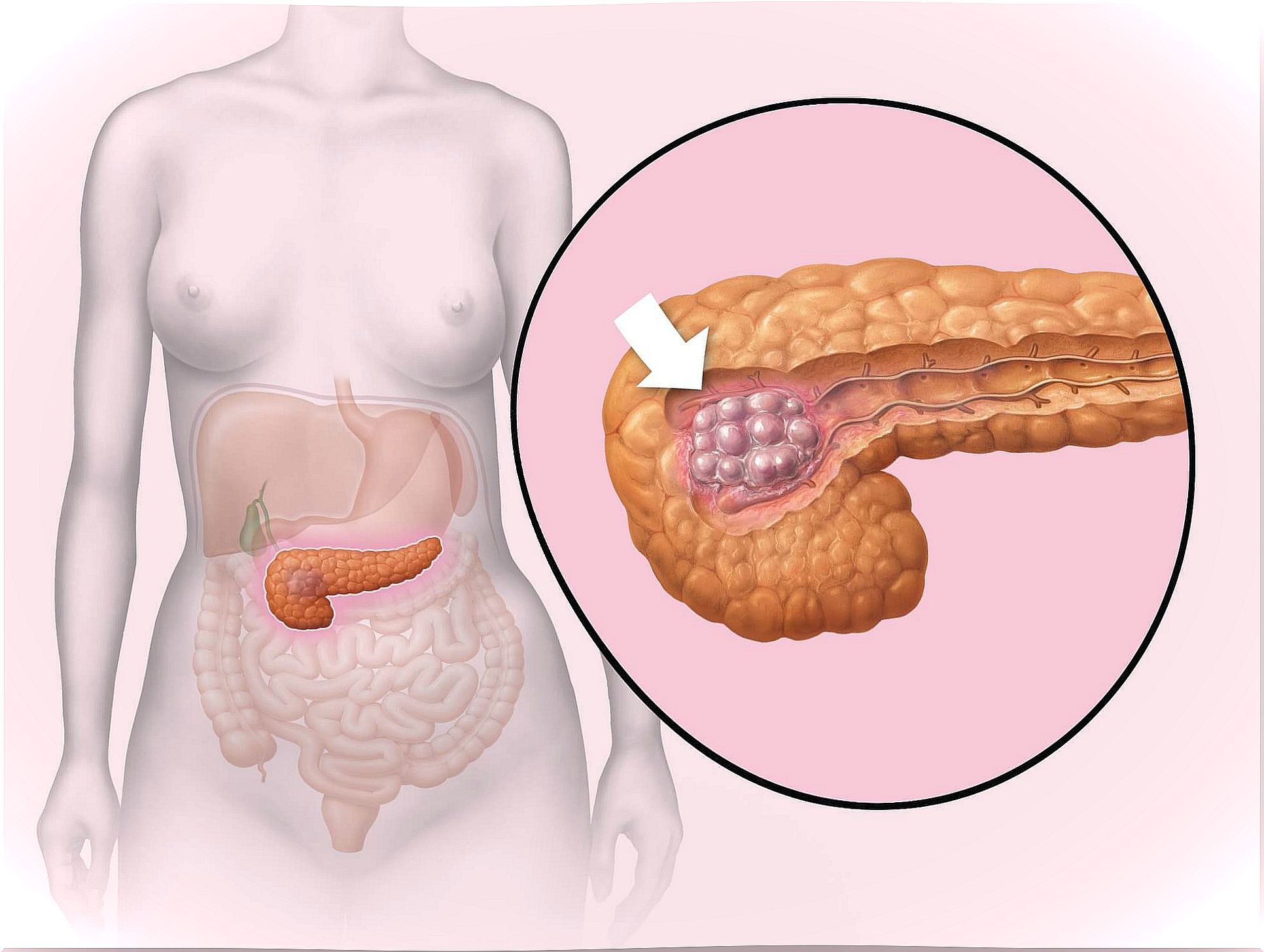Types Of Treatment For Advanced Pancreatic Cancer
Pancreatic cancer is a disease that most of the time cannot be detected in time. The usual thing is that it is diagnosed late. For this reason, what is indicated, almost always, is a treatment for advanced pancreatic cancer.
The pancreas is an organ that is in a hidden area. For that reason, lumps or tumors are not detected by palpation in a routine examination. Likewise, the usual is that the symptoms appear when the evil has already spread to other organs.
Usually, then, what is done is treatment for advanced pancreatic cancer. This, of course, reduces the chances of success. Still, science is currently working to evolve early diagnosis and more effective treatments.
Types of pancreatic cancer
Not all cases of pancreatic cancer are the same. Tumors can form from endocrine or exocrine cells. Likewise, in these two large groups there are different varieties. Each of them has different causes, symptoms, and treatments.

Exocrine pancreatic cancer is the most common. Within this there are basically two varieties:
- Pancreatic adenocarcinoma. It corresponds to at least 95% of pancreatic cancer cases. It usually originates in the ducts of the organ.
- Other less common ways. Among these are adenosquamous carcinoma, squamous cell carcinoma, signet ring cell carcinoma and others.
Regarding endocrine tumors, they represent less than 5% of pancreatic cancers. They basically come in three varieties:
- Functional pancreatic neuroendocrine tumors. They are those that produce hormones that are released into the blood and cause symptoms. The most common are gastrinomas and insulinomas.
- Non-functional pancreatic neuroendocrine tumors. They don’t make enough hormones. They grow long before they are detected.
- Carcinoid tumors. They are very rare. They are characterized by the fact that they produce serotonin.
The stages of pancreatic cancer and its prognosis
As noted, the usual is that the diagnosis occurs when pancreatic cancer is already in an advanced stage. Once detected, the next thing to do is to determine what stage the disease is in and how far it has spread in the body.
This process, which is called staging or stage classification. It helps determine the severity of the cancer and the best way to treat it. The most widely used classification system is the TNM of the American Joint Committee on Cancer AJCC. It proposes the following stages:
- Stage 0. The tumor has not invaded the deep tissues of the pancreas and has not spread.
- Stage IA. The tumor is in the pancreas. There is no spread and the size is not larger than 2 cm.
- Stage IB. The tumor is between 2 and 4 cm. It has not spread.
- Stage IIA. The tumor is larger than 4 cm, but it has not spread.
- Stage II B. The tumor is up to 4 cm and has spread to no more than 3 adjacent nodes.
- Stage III. The tumor is between 2 and 4 cm. It has spread to more than 4 nodes or to adjacent blood vessels.
- Stage IV. Cancer has spread to distant sites in the pancreas.
The tumor is also classified by grade. Grade 1 is the least aggressive, grade 2 is intermediate, and grade 3 is the most virulent, rapidly spreading.
Treatment for advanced pancreatic cancer
Generally speaking, the treatment for advanced pancreatic cancer is basically palliative. The first goal, of course, is to eradicate the disease. However, this is not possible when its spread is very wide.
In treating advanced pancreatic cancer, the key is to offer relief from symptoms. It involves a set of continuous medical care to reduce pain and make the patient feel comfortable and stable. This type of care helps to prolong life and make it less distressing.
Some alternative therapies have been shown to be effective in managing symptoms. They are a good treatment option for advanced pancreatic cancer. They do not replace conventional medicine, but they can complement it harmoniously. Psychosocial care is also essential in these conditions.









